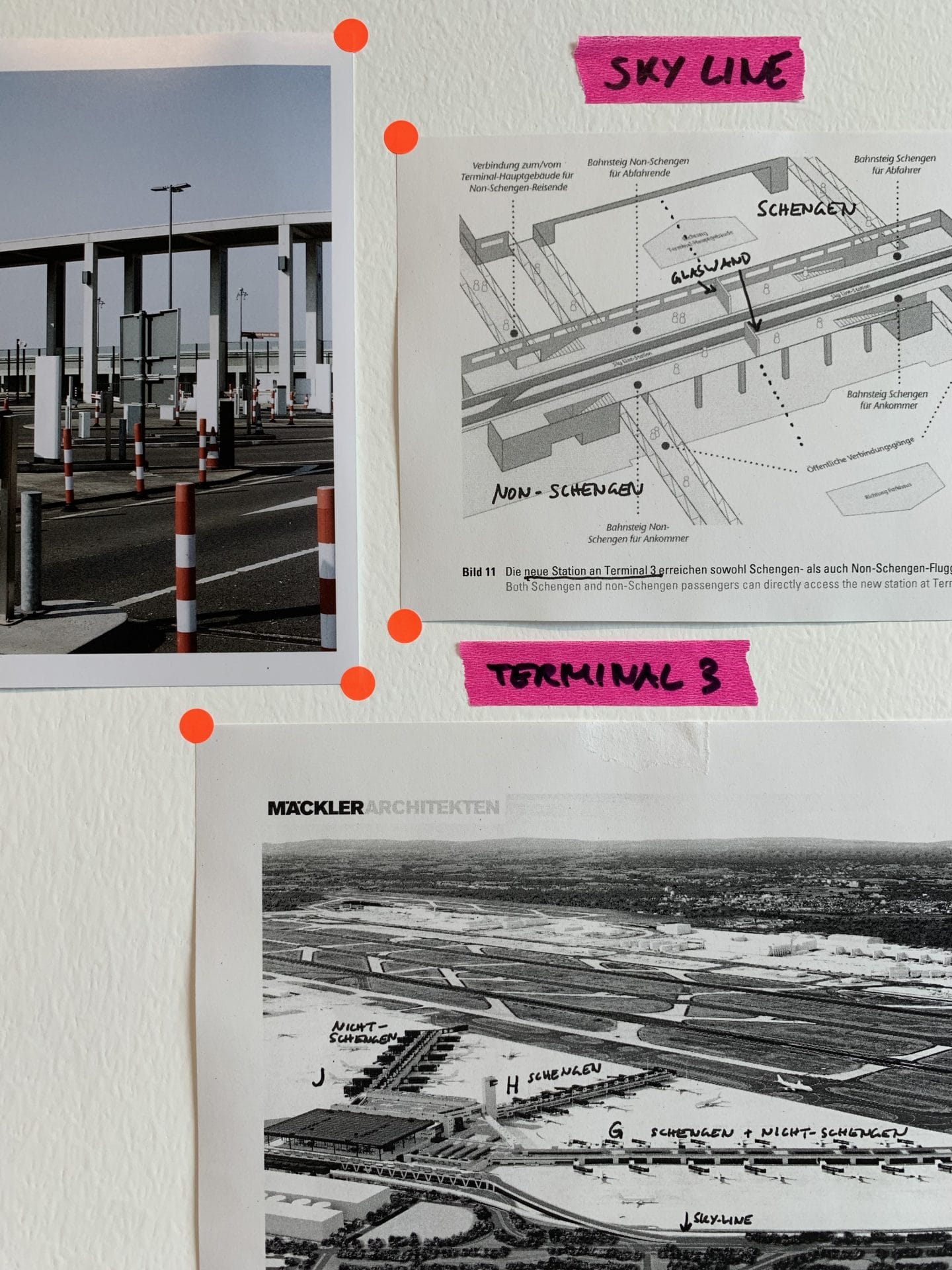Mobility is steadily increasing worldwide. Today, borders must distinguish more precisely between travellers who are allowed to pass and those who are not. At the same time, checks should take as little time as possible. In order to meet these requirements, borders are becoming increasingly differentiated. In my work, I examine the materiality and spatiality of borders in relation to different mobility groups at Frankfurt Airport. I focus on both human and non-human travellers. The decisive factor is the route from entering the airport to boarding the plane and vice versa. The motivating question is how the border reacts to the individual who approaches it, i.e. what role the traveller’s identity plays in the materialisation of the border.

Border studies usually focus on a particular mobility group and examine borders, for example, in relation to irregular migrants or tourists. Looking at the production of borders in a particular place using different mobility groups allows to understand the diverse spatiality and materiality of borders.
Methodologically, I use focused and visual ethnography, interviews and go-alongs with staff, travellers and experts. These methods enable me not only to identify the specific spaces and objects that are significant for border demarcation, but also to capture how they are perceived by different kinds of travellers.
The aim of this work is to contribute to an understanding of how and for whom the airport as a sorting machine opens and closes borders.